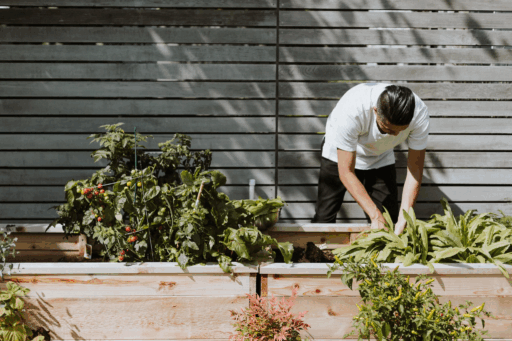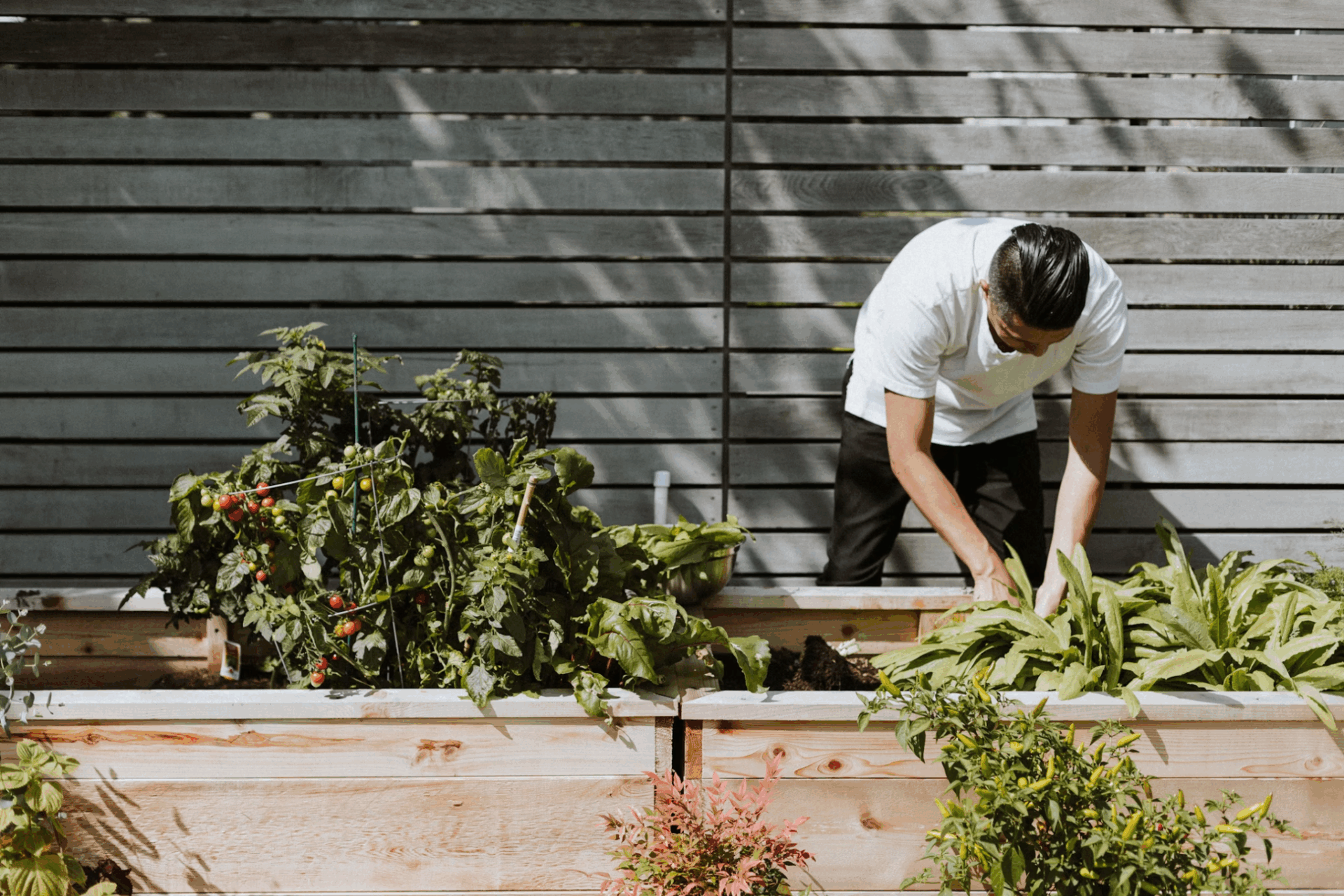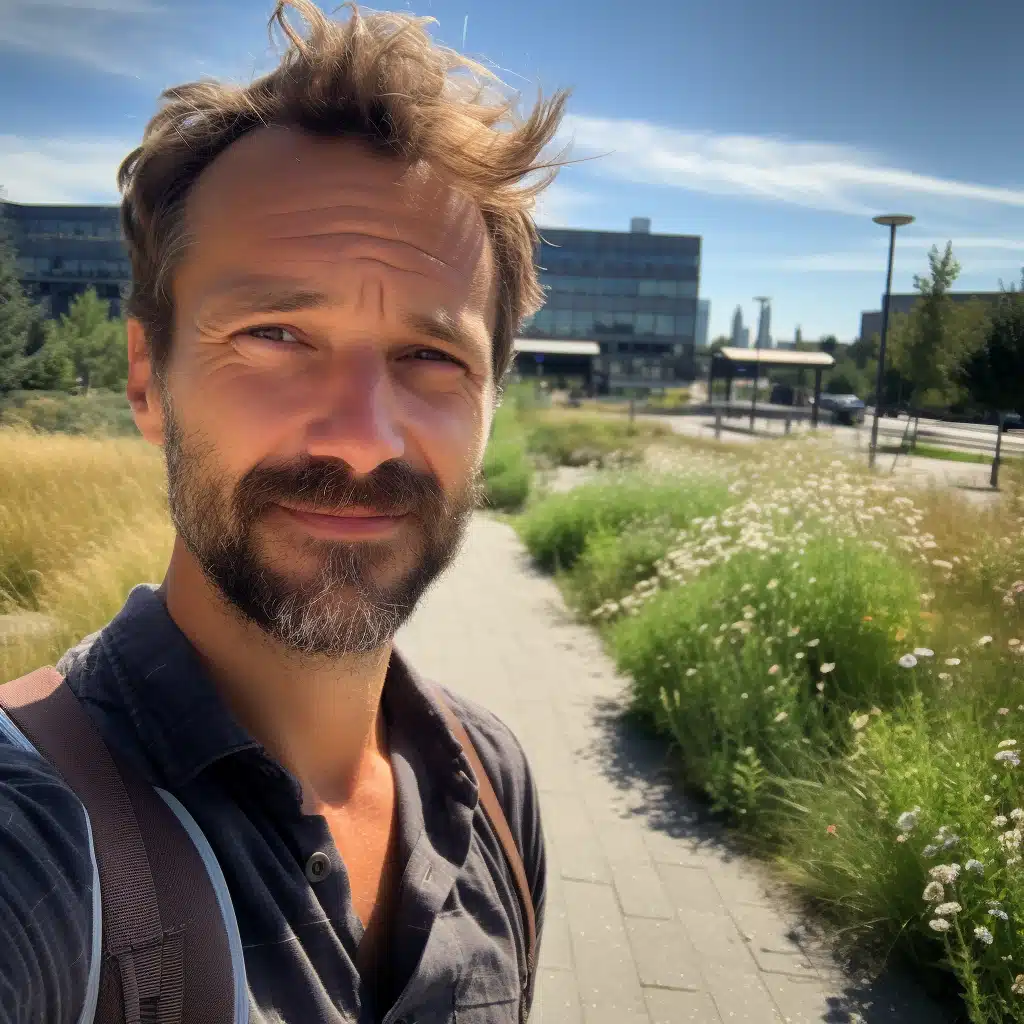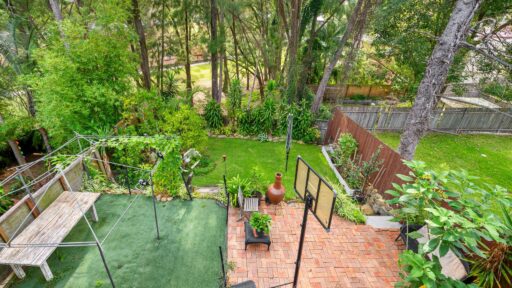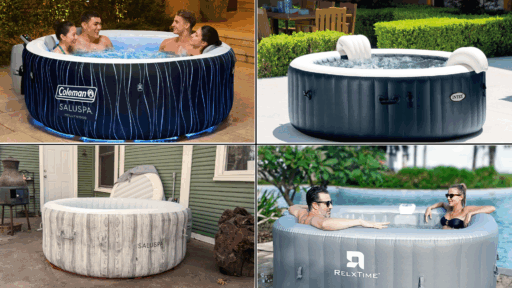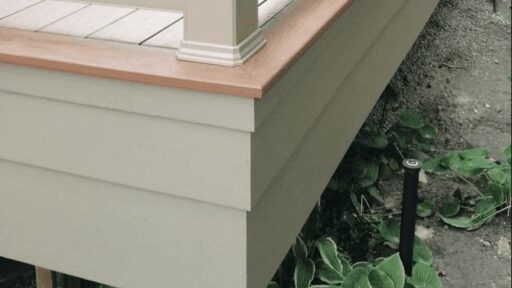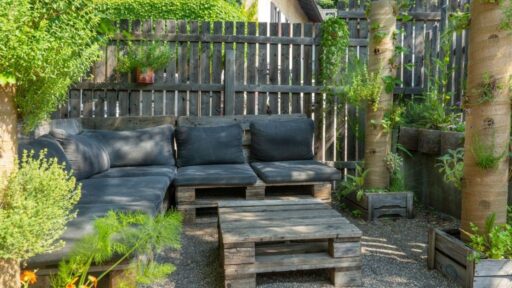What comes to your mind when you think of landscaping? Visions of manicured lawns? Symmetrical hedges? Floral borders?
Above and beyond those, in today’s design-forward and eco-conscious world, outdoor landscaping has evolved far beyond conventional greenery. It is becoming a sophisticated blend of wellness-focused planning, narrative-driven aesthetics, and environmentally resilient design.
In essence, modern landscaping is no longer just about making things look good — it’s about making us feel good, telling a story, and living in harmony with nature. Now is the new era of outdoor landscaping. Let’s tell the differences between then and now.
Then and Now
Wellness
In the past, outdoor landscaping was all about visual, visual, visual. Think of perfectly manicured lawns, trimmed hedges, and decorative plants that were impressing onlookers.
However, there was little attention on curating lawns based on how they can contribute to a person’s mental or physical well-being.
Today, landscaping also places wellness in the number one spot. Designers integrate meditation spaces, sensory gardens, and nature-based features to reduce stress and promote calm. Gardens encourage movement, mindfulness, and connection to nature. Wellness-focused landscapes use textures, aromas, and calming sounds to create healing spaces.
What does this imply? This shift reflects the increasing awareness that nature’s role in ensuring people’s well-being is perfect. You can perform a short yoga routine or do tai chi moves outdoors.
Sustainability
In terms of sustainability, landscapes were all about lush lawns, exotic plants, and excessive water features. There was heavy use of pesticides, fertilizers, and gas-powered tools.
Today, sustainability is every outdoor landscape’s middle name. Native plants reduce water use and support biodiversity. Smart irrigation, composting, and solar lighting cut resource consumption. Pollinator gardens, permeable paths, and edible landscaping foster ecological balance.
Several landscapes of today serve as miniature versions of what you see when traveling outdoors. The goal is long-term harmony between humans and nature, beautiful spaces that thrive with minimal environmental cost.
Storytelling
Now, this is interesting. Who could ever think that gardens tell stories? They do. This storytelling has evolved across the decades. Then, there was a lot of symmetry, ornamental plants, and cookie-cutter features. Personal stories, cultural heritage, and emotional meaning were rarely part of the process. Yards were status symbols, instead of story spaces.
Today, with the introduction of features, such as tiles, storytelling takes shape in international, authentic ways. Take a look at Outerclè’s premium pool tile collections, for instance. Their attractive layout reflects journeys, values, or memories. The same way that a rock path symbolizes life’s milestones, a tree might honor a loved one. Design becomes narrative. If only walls could talk, now landscapes are talking.
Best Practices
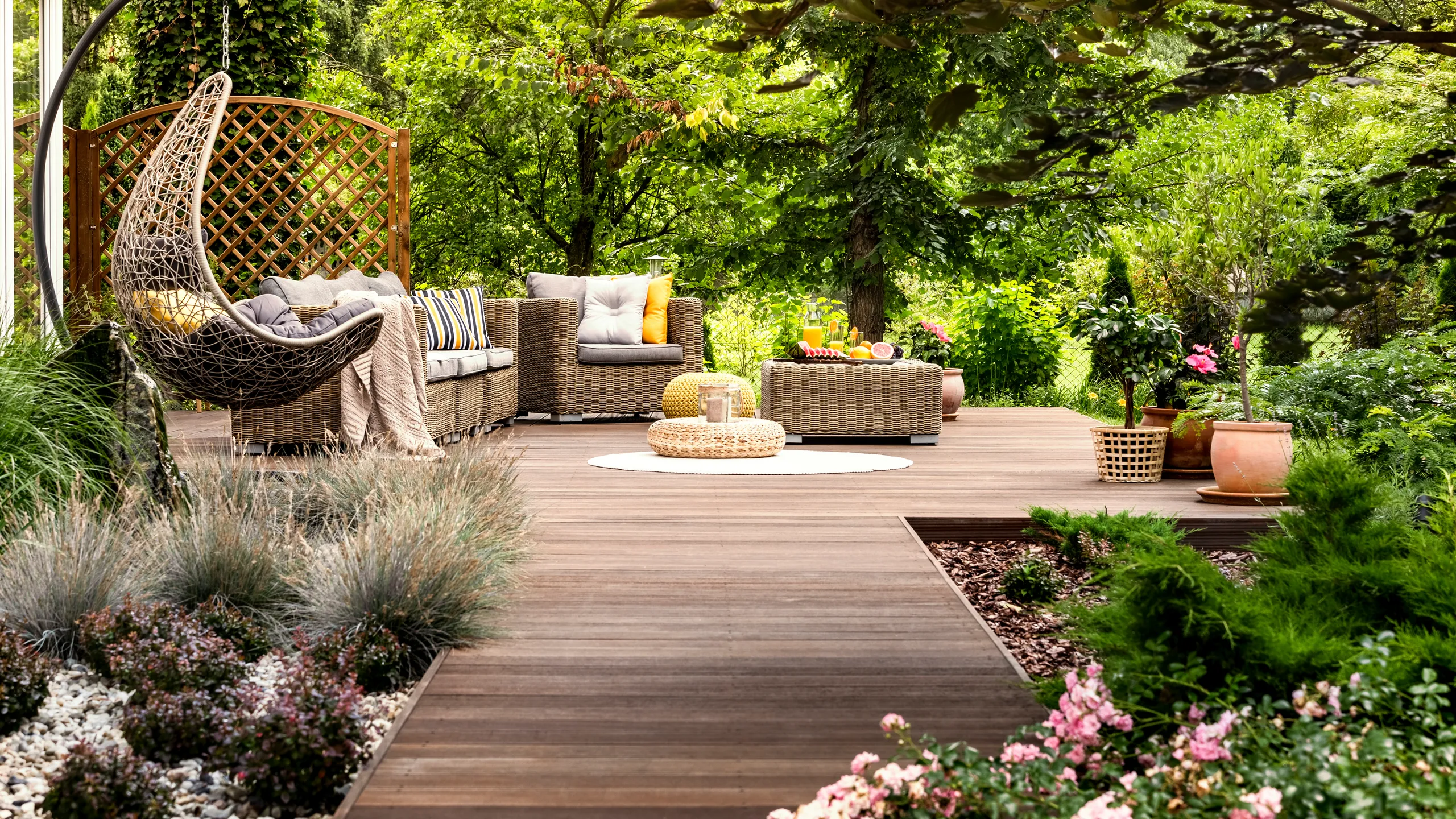
- For wellness: Start by incorporating sensory features, such as fragrant herbs, soft textures, and gentle water elements that can help ease away stress. You may also design subtle nooks with seating, should you wish to meditate, reflect, or read in your garden. Incorporate natural materials and shaded ideas for barefoot walking, stretching, or yoga in nature-rich spaces.
- For sustainability: Choose to plant native species that require less water, yet can efficiently support local wildlife. Install drip irrigation and collect rainwater to minimize water waste. You may also utilize composting and organic mulching to reduce the use of chemicals and enrich your soil naturally.
- For storytelling: It’s a whole new different story here. The garden elements must reflect your personal story. Are you the type of energetic or reserved? You may also add objects with sentimental value into the design, such as the wheel of a bicycle of a childhood friend who is now overseas. Lastly, you may also design pathways or garden zones that symbolically represent life chapters, journeys, or traditions.
Remember. The challenge is to find the common ground between those three.
Conclusion
Overall, outdoor landscapes have evolved to becoming a mix of aesthetics and sustainability. Perfection is a goal, but if not achieved, things will be alright. It’s more about creating spaces that are cost-efficient yet can speak of your style and can last for several years.
It’s a new era of landscapes where gardens are also the extension of your yoga room, of a park, or even your happy place. In this evolution lies the true magic of gardening.

